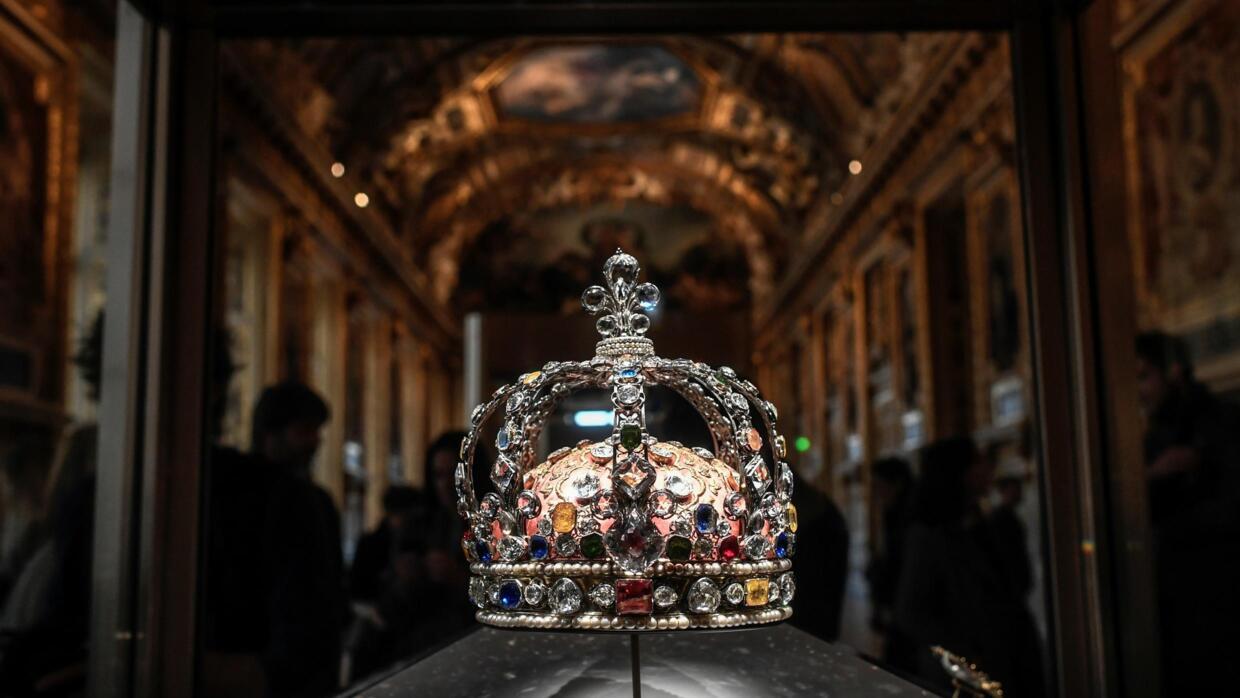Paris (AFP)
The diamonds of the crown are enthroned in majesty at the Louvre Museum in three new showcases of the gallery of Apollo, refitted after ten months of work: they say the splendor and the symbolic importance of the jewels for the monarchical identity, of Old Regime in the Second Empire.
This facelift of the room and the installation of new showcases, carried out with the contribution of the patronage of the Maison Cartier, provide a complete and historical vision of the collection of jewels kept by the most visited museum in the world.
From the crown of Louis XV to the diamond known as "the Regent" of 140 carats, from the diadem of the Duchess of Angoulême, niece of Louis XVIII, to the crown at the top of the head of the Empress Eugenie: everything shows the fever that '' had the monarchs (especially Louis XIV) to collect gems, and to make jewels of goldsmithery. Willingness to impress, sometimes in a game of competition between royal houses in Europe.
The regular enrichment of the collection since the 1990s had led the museum to exhibit jewelry and precious stones, not only in a window of the gallery of Apollo, but also in a room in the Richelieu wing. But some could not be shown due to lack of space, and the visual quality was poor as was the lighting.
The Apollo gallery, 60 meters long, saw the first presentation of the initial collection, founded in 1532 by François Ier, transmitted and enriched from reign to reign, but sold almost entirely by the Third Republic in 1887. Some scattered pieces were bought out, but most were never found.
A first showcase brings together jewelry from before the Revolution, a second jewelry from the First Empire, the Restoration and the July Monarchy. A third window houses the jewelry of the Second Empire with vestiges of the large ornaments of the Empress Eugenie.
The old showcases in gilded wood house, in a new presentation, the collections of hard stones from Louis XIV.
These works were accompanied by a facelift of the decor of the Gallery decorated by Le Brun, Delacroix, Girardon, ..., whose decoration continued over more than two centuries (from the 17th century to the Third Republic). The spectacular dusting of paintings and stucco was accompanied by that of the Gobelins tapestries.
The lighting has been completely renovated, gently animating the gilding without making it dazzling.
A total of 41 paintings, 118 sculptures, 28 tapestries adorn the Galerie d'Apollon.
© 2020 AFP

